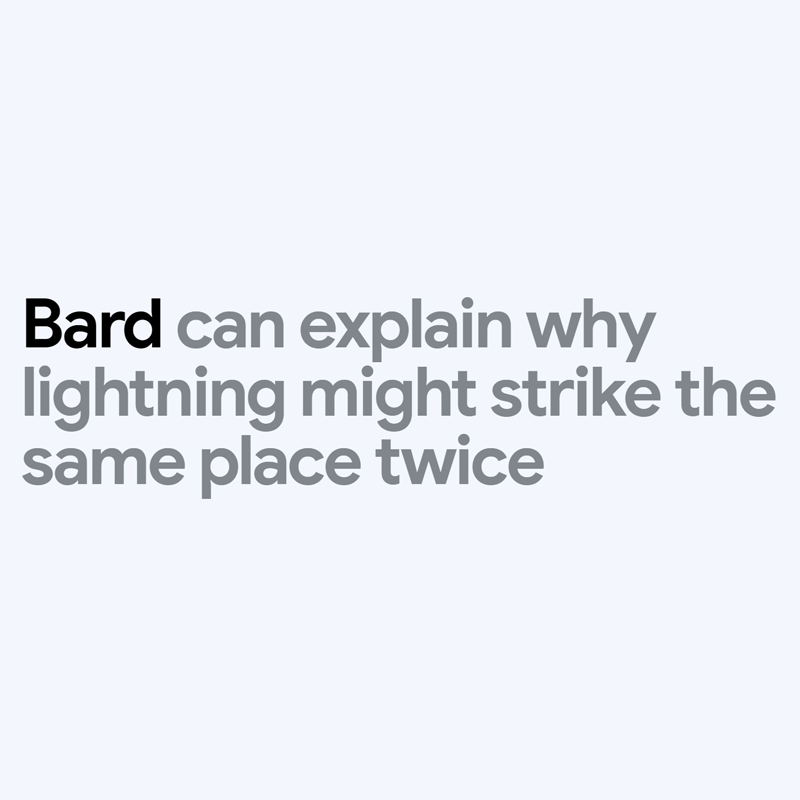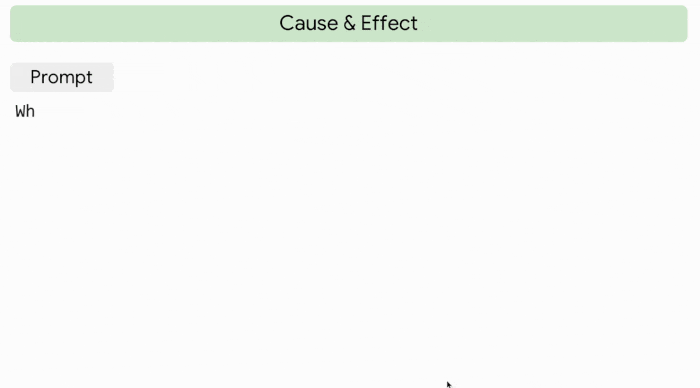
The AI field was quite peaceful, with ripples that rarely went too far beyond its own realms and fans. But things have changed.
Since OpenAI introduced ChatGPT, big tech companies started scrambling for their own answer. Some opt to equip their arsenal with the OpenAI product, whereas some choose for the more difficult, but challenging effort.
Google, the tech giant of the web and beyond, chooses the latter.
And its answer to ChatGPT, is called the Google Bard.
While it was botched at first, Google managed to fix it before finally readying and publicly unleashing it.
And this time, Google is making a move that should make the AI a lot smarter.

From the very beginning, Bard incorporates LaMDA (Language Model for Dialogue Applications), which focuses on conversational dialogue.
This is the thing that gave Bard its human-like interaction abilities.
LaMDA is also the AI that makes Bard good at holding conversations with its users.
Google is ramping things up by also incorporating Bard with PaLM (Pathways Language Model), which focuses on logical capabilities include arithmetic, code completion, semantic parsing, summarization, logical inference, common-sense reasoning, pattern recognition, translation, an understanding of physics, and even joke explanation.
It's also designed for physics Q&A and language understanding.
PaLM, which according to a blog post in 2022, is scaling to 540 billion parameters for "breakthrough performance."
This accomplishment is possible because the model is powered by Pathways, an AI architecture that can “train a single model to do thousands or millions of things,” compared to the the more traditional individualized approach.
Since the advent of mainstream conversational AI, thanks to ChatGPT, Google has been eager for a slice of the action.
But just like its OpenAI-led rival, Bard at certain time produced laughable responses when users query basic arithmetic and logical reasoning questions.
Google has been developing PaLM separately, and this time, Google thinks that it's best for Bard to also inherit PaLM's abilities to help the AI with its logical, critical thinking.
In a tweet announcing the PaLM addition, Google staffer Jack Krawczyk said that with PaLM, Bard is much better equipped to respond to multi-step word and math problems.
Hope you’ve had a chance to start testing out Bard! We’re constantly working on developing new features for it - today I wanted to share that we’ve improved Bard’s capabilities in math and logic by incorporating some of the advances we’ve developed in PaLM. /1 pic.twitter.com/RNMC5S9cRU
— Jack Krawczyk (@JackK) March 31, 2023
We're always balancing new capabilities for Bard with efficiency. And this update is one example of the many improvements we're making to Bard every week. There’s a lot more to come and can’t wait to share more as we continue to get your feedback and make Bard even better! /3
— Jack Krawczyk (@JackK) March 31, 2023
The enhancements suggest that Bard could soon help students with their homework, and become a problem-solver for complex questions.
While the addition is making Bard exceptionally better, Bars is still like any other AIs, in which it can still hallucinate in one way or another.
Google CEO Sundar Pichai admitted that Bard is still in its very early stages of development.
However, he clarified improvements to Bard (including the PaLM addition), could help unlock more AI prowess, while helping Google identify more AI mistakes along the road.
